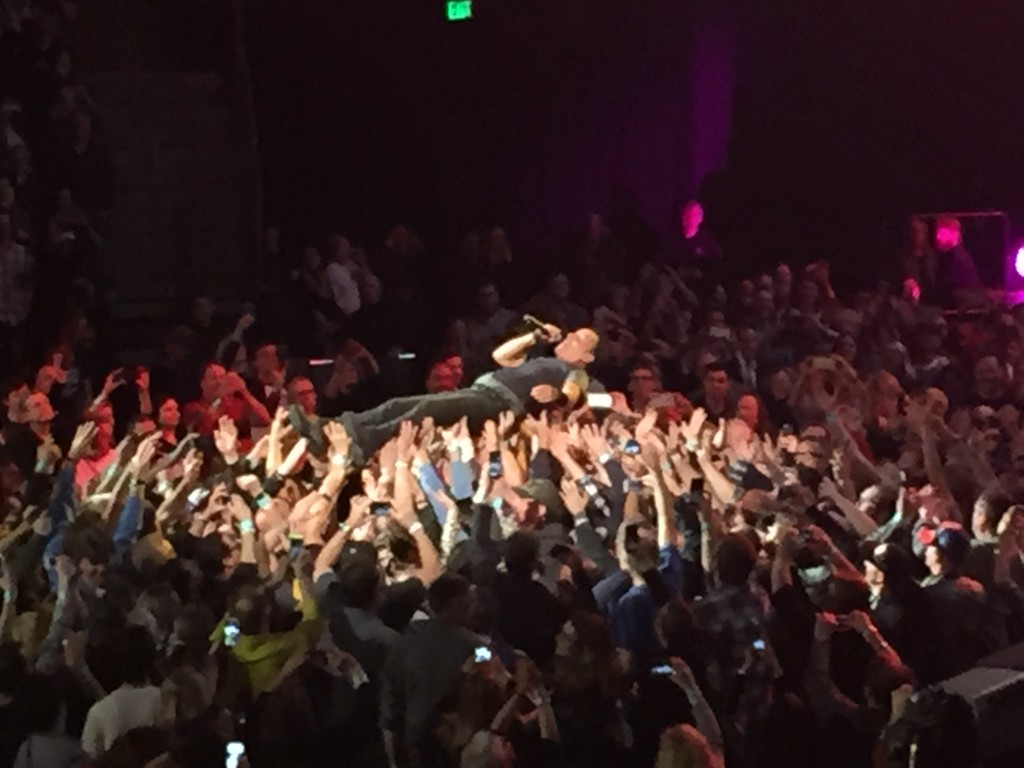My baseball season officially kicked off Tuesday night. I was able to join about 50 other fans as Art Thiel of SportsPressNW interviewed Mariners skipper Scott Servais.
So what did I learn/infer from listening to Scott’s answers to 45 minutes of questions from Art, and 45 more from the audience?
- Kyle Seager is on the trade block – One of two things will be true on July 31. Seager will have gotten off to a hot start, leading the Mariners to a respectable record and as the trading deadline approaches, The Mariners will be in a position to make a run. Or…… Seager will have gotten off to his customary slow start, and as the only real trade chip the team has, he’ll be dealt for prospects.
- This is the last year of the Cruz, Cano, Felix window – It was made clear that witht he amount of money tied up in the Big 3, there was no way to rip the team down to the studs, a la Houston and Chicago. But this is the last year of Cruz’ deal, and if Felix wants to be regarded in the same breath as Glavine, Maddux, Pedro, etc… he needs to pitch another 6-8 years. If 2018 goes poorly, I suspect you’d see Cruz dealt at the deadline and Felix redo his contract to be part of an overhaul so he can get another 150 career starts.
- You’re going to see a lot of Zunino, Segura, Haniger, and Paxton in the Mariners marketing materials –If you’re gong to trade any of the Big 4, you need some new guys to make bobbleheads for. The Mariners seem ready to phase out some of the old guard and put their promotional arms behind some new guys. I suppose this is meant to lessen the blow when our favorite guys disappear.
- “Performance” is going to mean something different – With the hiring of Dr. Lorena Martin as Director of High Performance, the Manager is going to have a few lineup decisions “strongly suggested” to him. Players will be evaluated constantly on aspects such as fatigue, conditioning, strength, mentality, etc… So while a 5 for 5 day may have previously earned you a week in the starting lineup, if you tired yourself out running all those bases, it may be highly suggested that you be given the day off.
- The Mariners decided not to look for new pitching, and are going to try to simply outscore teams – To their credit, they realized there weren’t going to be a lot of great pitching options to pick up this off-season. So as I wrote about last year, they built their 2018 starting rotation under the guise of competing for a 2017 playoff spot. They have accumulated average to above average throwers who they expect can give them 150+ innings. If those guys can get them through the 5th and only give up 3 runs, they will hand the ball off to the bullpen in hopes it gives up just 1-2 more runs. Meanwhile, they’ll try to bang out 5-6 runs a game on offense. Do that enough times and you make it to the playoffs. Now the downside is that if you try to do that in the playoffs, you’ll lose each game 8-3. But the team isn’t shooting for a World Series. It just needs to make the playoffs.
So those were my takeaways. I’m sure other people heard different things. But pay attention to the interviews Servais is doing all week on sports radio. Were his comments Tuesday off the cuff, or do they fall into some pattern of talking points?

